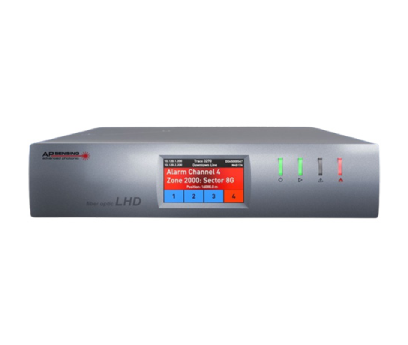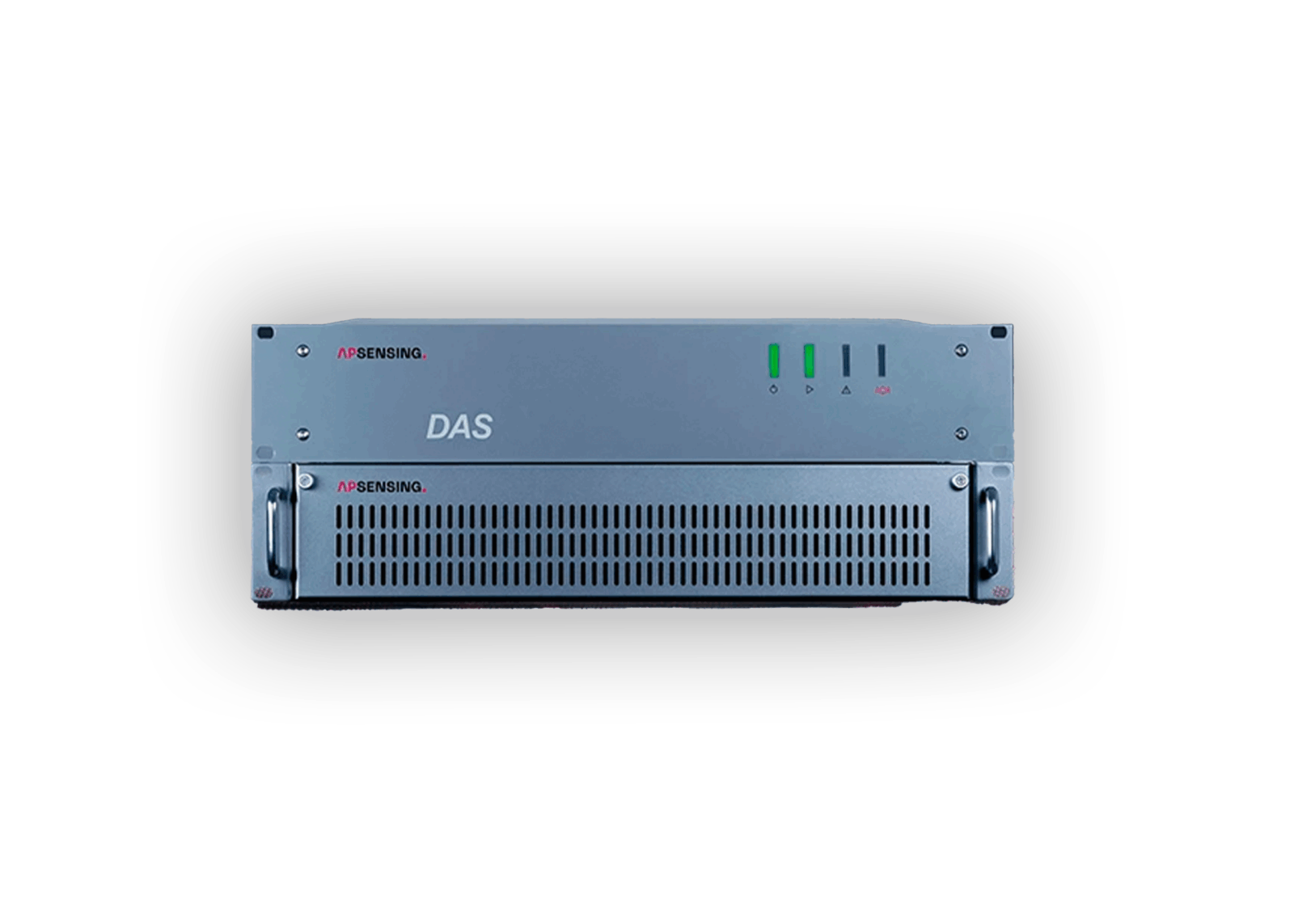

Distributed Temperature Sensing (DTS)
Distributed Temperature Sensing
Distributed Temperature Sensing (DTS) utilizes common optical fibers, which often spanning several kilometers, to function as temperature sensors. linear. This approach provides a spatially high temperature profile with high resolution along the entire length of the sensor cable. DTS is based on the Raman or Brillouin scattering to obtain accurate temperature data. It is launched periodically a laser pulse in the fiber, generating lower energy light that is backscattered and returns to the interrogator, where it is continuously analyzed.
Continuous
Monitoring
Long Coverage
Distance
Safe and Secure
Installation
Compatible with
SCADA Systems
Fiber optic monitoring systems
Fiber Optic Temperature Monitoring
The fiber optic monitoring system allows continuous and accurate measurement along its entire length, not just at specific points. Thanks to its coverage capacity of up to 70 km, high resolution and durability, it is ideal for critical applications in industries such as oil, gas, energy and mining. Its safe and passive installation avoids electrical risks, as it does not require active components in the field. In addition, it easily integrates with SCADA systems, PLC or cloud platforms, ensuring efficient and safe monitoring in extreme environments.
Distributed Acoustic Detection / Distributed Acoustic Detection / Distributed Acoustic Detection / Distributed Acoustic Detection /Distributed Acoustic Detection / Distributed Acoustic Detection / Distributed Acoustic Detection / Distributed Acoustic Detection /
Distributed Acoustic Sensing (DAS)
leading-edge technology in distributed acoustic sensing
AP Sensing's 2P² DAS technology provides a true acoustic profile linear along the sensing fiber. Our unique technology enables the measurement and precise location of the amplitude, frequency and phase of the incident sound field. System provides linear output over distance, time and intensity acoustics. This signal quality is achieved with an outstanding signal-to-noise ratio in the range of leading measurement system worldwide. The sensing fiber is suitable for deployment in ATEX zones.
Low Maintenance
Operative
High Sensitivity
and Accuracy
Coverage without
Interruptions
Acoustic Detection
in Real Time
Monitoring systems and their benefits
Distributed acoustic detection for maximum safety
Our fiber optic acoustic monitoring technology enables real-time detection of dynamic events such as vibrations, impacts or intrusions, without the need for distributed power in the field. With coverage of up to 100 km and without requiring special cables, the system offers high accuracy and sensitivity to locate critical events along the fiber. In addition, its non-intrusive and rugged nature allows for safe installation in demanding environments such as ATEX zones, with minimal maintenance. Ideal for pipeline protection, perimeter security, railway monitoring, fire detection and critical infrastructure surveillance.




